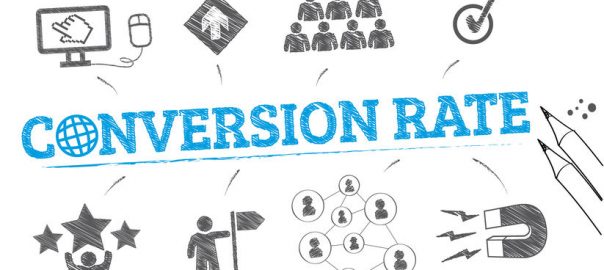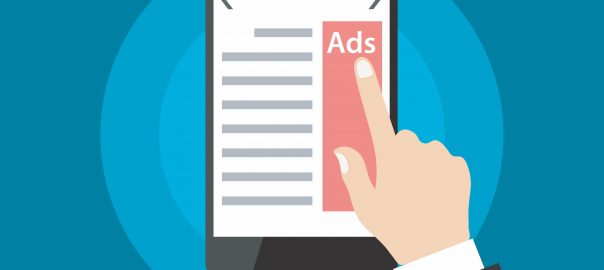We’re just departing primary leasing season, and things are looking pretty ideal for the multifamily housing market right about now. Apartment demand is now 11% higher than in 2018, and rents are up an average of 3% nationally. What’s more is that 82% of renters now feel as though renting is more affordable than owning (up from 67% in 2018), according to a recent survey from Freddie Mac. And, while affordability still remains the top consideration for those deciding to rent or own, for Millennials, specifically, rising burdens like student loan debts, healthcare and child care costs are postponing the home journey for many and apartment communities are filling that void.
If you’re interested in leveraging this new rental trend to boost your Millennial occupancy rates, it may be time to think “green.” According to a report by AMLI Residential, Millennials care the most about having sustainable amenities in their apartment units, more than any other U.S. demographic group–which is huge news for properties. Their affinity towards sustainability is actually so strong that they say they’ll even pay up to an additional $100 per month to live the “green” life.
Going “green” not only presents benefits for apartment renters, but offers property owners several benefits as well. For starters, owners can save on utility, construction and maintenance costs over the property’s lifetime. Leveraging LED lighting, for example, offers substantial returns and pay-backs for energy expenses within apartment common areas. And, as the price of water continues to surge, additional cost savings can be experienced through the installation of smart irrigation systems, which allow for greater precision and conservation. Renters, in turn, experience lower monthly energy bills, greater efficiency, increased comfort and, most importantly, peace of mind, which all play a factor during times of lease-ups and lease renewals.
Properties that are looking to roll into the “green” trend slowly can begin the process by going paperless in the leasing offices, installing bicycle racks and/or initiating a robust recycling program before advancing towards the more costly investments. These types of installations would include things like geothermal heating and air, energy efficient appliances, community gardens, and smart automation devices.
For those properties looking to delve right in to sustainable leasing, you can start by becoming familiar with LEED (Leadership in Energy and Environmental Design) certification. LEED is an internationally recognized green building certification system that was developed by the U.S. Green Building Council and verifies that a property meets certain guidelines for achieving high performance and sustainability. All properties are evaluated on their design, construction, maintenance and operation. While there were nearly 43,000 LEED-certified properties in the U.S. just last year alone, more and more property owners are now taking the “green” leap towards energy efficiency–and for good reason. Studies indicate that LEED certification is one of the most important features to apartment renters, second to proximity/distance. So, if you’re not already on board, now may be the time to truly evaluate what LEED could mean for your property.
Rentbot can help.
After you make the “green” investment, you’ll need a great website to promote it, next. Rentbot can help with that! Our custom designs are perfect for properties that want to demonstrate their modern feel, urban location, trendy neighborhood, or sustainable amenities and they’re guaranteed to score you better leads, higher conversions and stronger retention rates. Not to mention, we specialize in working with small to mid-size properties, so we know the importance of stretching your marketing dollars. We deliver great results with the budget you already have.
Showcase those “green” amenities on a new Rentbot site, and we’ll ensure that it’s your most powerful marketing tool. Get started with a free trial, here.
About the Author
Jonsette Calloway joined the Rentbot team in 2015. With a background in public relations, advertising and copywriting, she has helped a multitude of clients achieve their marketing and communications goals within various fields, but she particularly enjoys working with the apartment industry.










